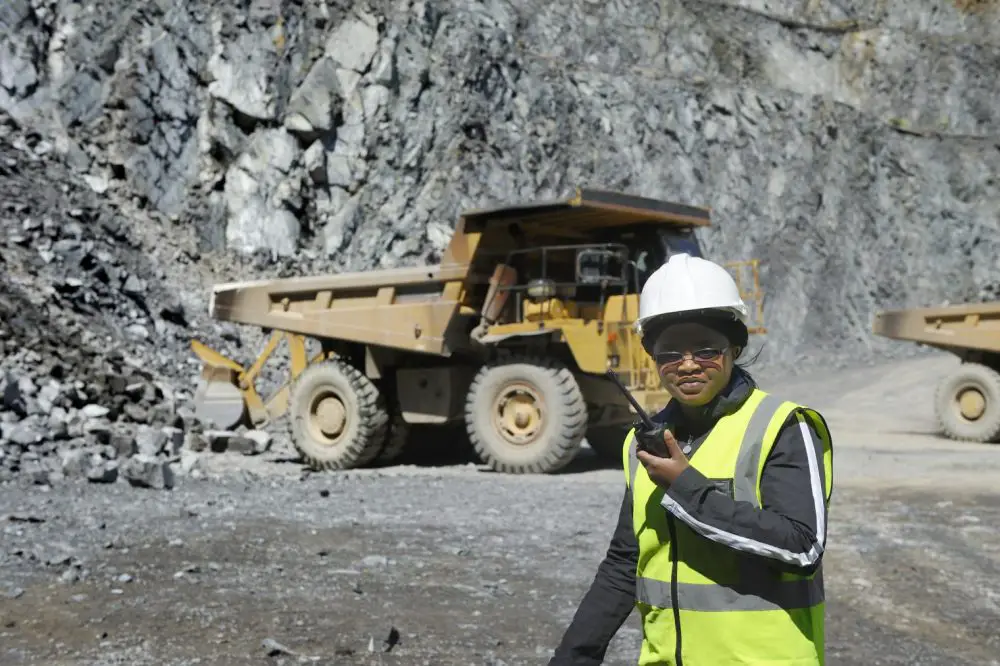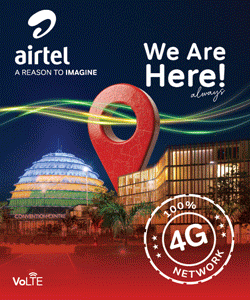DRC’s Minister of Industry, Julien Paluku has called upon the Kinshasa government to be among the first countries to ratify the statute of the African Center for Mineral Development.
The African Minerals Development Centre (AMDC) was established as the specialized agency of the African Union to implement the African Mining Vision (AMV) as well as the minerals segment of the Africa Commodity Strategy.
Last week the 2nd African mining forum from October 3 to 4 convened in Addis -Ababa, Ethiopia focused on the electric battery industry.
The forum guided by the theme “The African mining vision
in the era of green energy transition and digitalisation: challenges and opportunities”, it attracted Member States of the Union, producers of minerals and green strategic metals.
In addition to the recommendation of the status of the African Center for Mining Development, other recommendations were made to the DRC, in particular the promotion of strategic minerals involved in the manufacture of batteries and electric vehicles, the development of regional value chains and Special economic zones, the strengthening of cooperation with technical and financial partners, the acceleration of intra-African trade and the training of a qualified local workforce as well as the creation of wealth and jobs.
Most African countries have historically been unable to fully benefit from their natural wealth as we have remained producers and exporters of mineral raw materials, a low rank in the global value chain.
Ambassador Albert Muchanga, Commissioner of African Union for Economic Development, Trade, Tourism, Industry and Minerals noted that Africa had a disproportionate dependence on extractive exports that in turn expose the continent to the boom and bust cycles associated with commodity prices as well as illicit financial flows.
The illicit financial flows from Africa now hover around US$90 billion annually.
Africa hosts 6% of global reserves of copper, 53% of cobalt, 25% of bauxite, 21% of graphite, 46% of manganese, 35% of chromite, 79% of phosphate rock, 91% of platinum group metals.
“We can add to the foregoing: hydrogen, water, wind and solar power.
“When one looks at production, Africa accounts for a greater share of current production of many of these minerals, including 70% of cobalt. Lithium is mined in Zimbabwe and Mali, while Namibia, Ghana and the DRC also have them. Rare Earth Elements (REEs) are mined in Angola and Burundi as well.
Muchanga said Africa was part of the global value-chains for green minerals; however, that role was concentrated at the first phase of the value chain, exploration and extraction.
“The task ahead is to move towards value addition and the Africa Commodity Strategy will assist in this regard.
“In line with our commitment towards the green transition, the Department of Economic Development, Trade, Tourism, Industry and Minerals (ETTIM) will organize a side event on the margins of COP27 in Sharm El Sheikh, Egypt next month under the theme: “Decarbonizing African Industry”.
“I also invite you all to the AU Summit on Industrialization and Economic Diversification to be held in Niamey, Niger from 20-25 November, 2022”.
On mining, he said there was urgency to ensure that the roadmap envisioned in the Africa Mining Vision with a central theme of “Transparent, equitable and optimal exploitation of mineral resources to underpin broad-based sustainable growth and socio-economic development” was implemented effectively and fully.




















